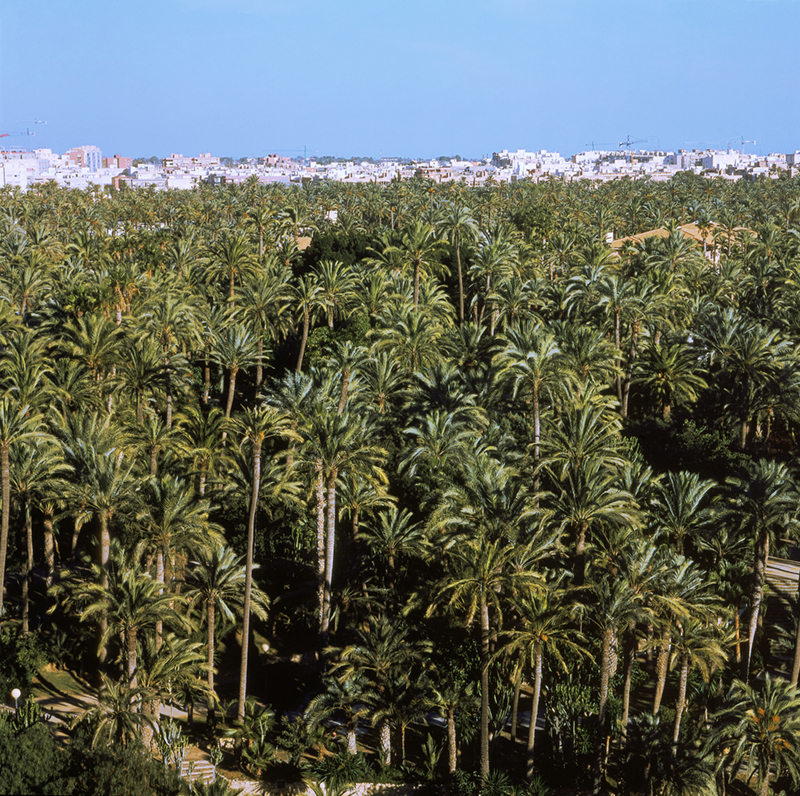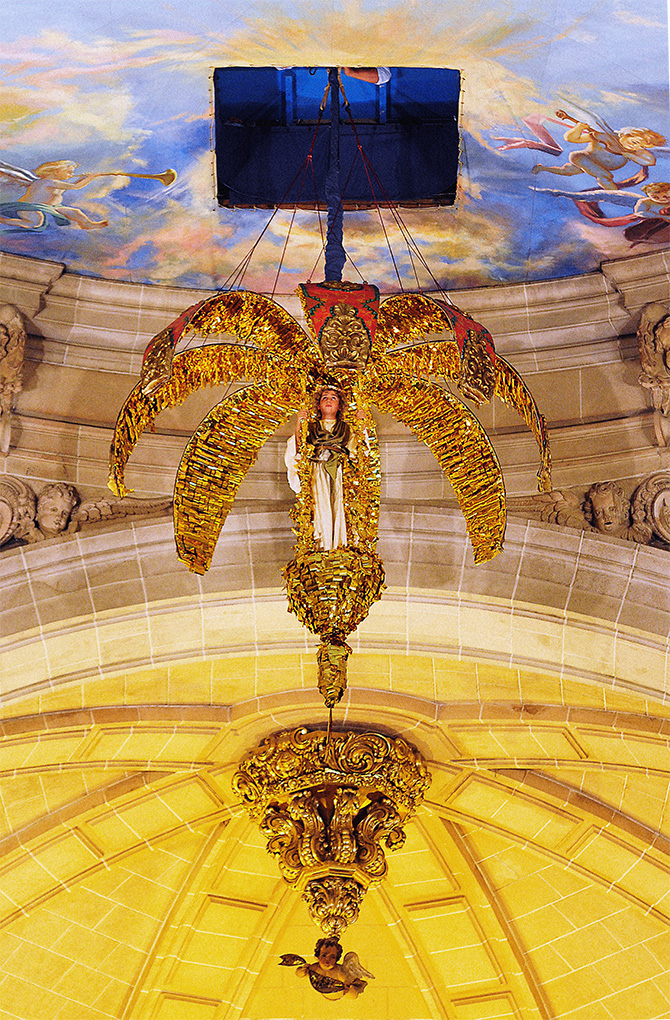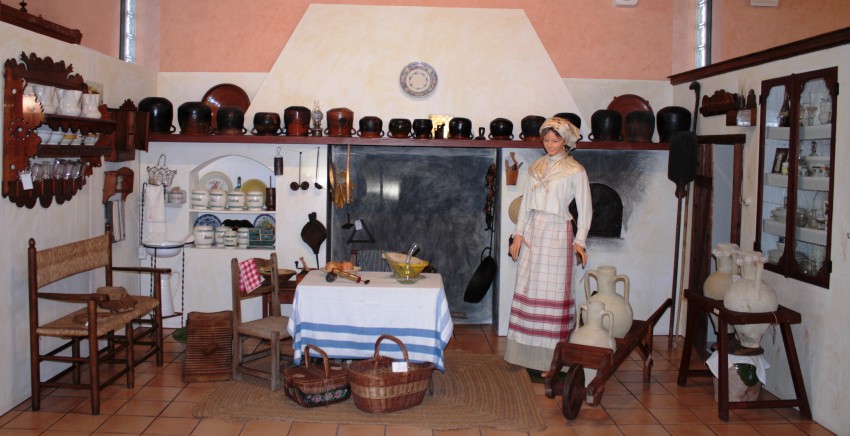World Heritage
No other Spanish town has ever had three cultural assets registered in the different categories of the UNESCO World Heritage List. And that makes us definitely unique.
Palmeral El primer reconocimiento llegó en el año 2000, cuando el Palmeral histórico fue declarado Patrimonio de la Humanidad. Se premiaba así no sólo la labor de nuestros antepasados, dando vida a ese palmeral que ahora nos configura, acompaña y enriquece; sino a las ilicitanas e ilicitanos que, a lo largo de los siglos, han sabido conservarlo como parte indisoluble de su forma de ser, incluso más allá de su rentabilidad económica como cultivo. La palmera es, en Elche, un bien sagrado. La recompensa hacia esa convicción es un devenir cotidiano envuelto y custodiado por su amorosa sombra.
Palm Grove
Elche was first awarded in 2000 when the historical Palmeral of Elche was declared a World Heritage. Not only was awarded the work of our ancestors at the same time that it made our palm grove –which shapes us, accompany us and enriches us– full of life, but also the people from Elche who, all along the centuries, have known how to preserve it as an indissoluble character even if it is no longer a profitable crop.
Palm trees are sacred assets in Elche. The award for this way of thinking is a daily life under the lovely shades they provide.
Mystery Play
A year after that, in 2001, the UNESCO created a new category for Masterpieces of the Oral and Intangible Heritage of Humanity. And we are proud because the Mystery play known as “El Misteri” or “Festa d’Elx”, was the first Spanish traditional celebration which was included in this new list.
Together with the palm grove, “la Festa” is a symbol of identity. We have a third symbol of identity (a mythical trilogy), the Lady of Elche which has the rare privilege of being in two places at the same time, i.e. in the National Archaeological Museum of Madrid and in the hearts of all the people from Elche without exception.
The School Museum of Pusol
This unique museum, whose complete name (and very realistic indeed) is Centre for Tradicional Culture – School Museum of Pusol, was included in 2009 in the Register of Best Practices as a result of the decisions taken by the UNESCO Committee for the Saferguarding of the Intangible Cultural Heritage.
Thus it recognises internationally the careful, intense and hard-working labour of the people that, since the end of 1960s, have been clear about looking forward as an essencial fact to know who we are and where we come from.











